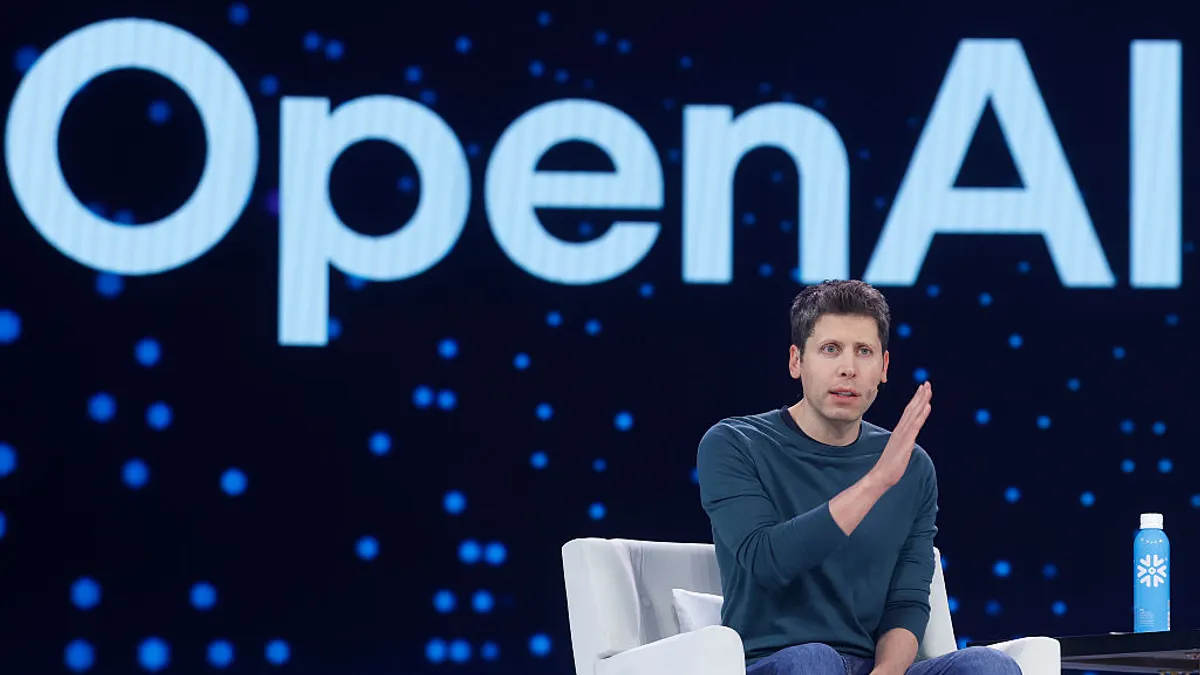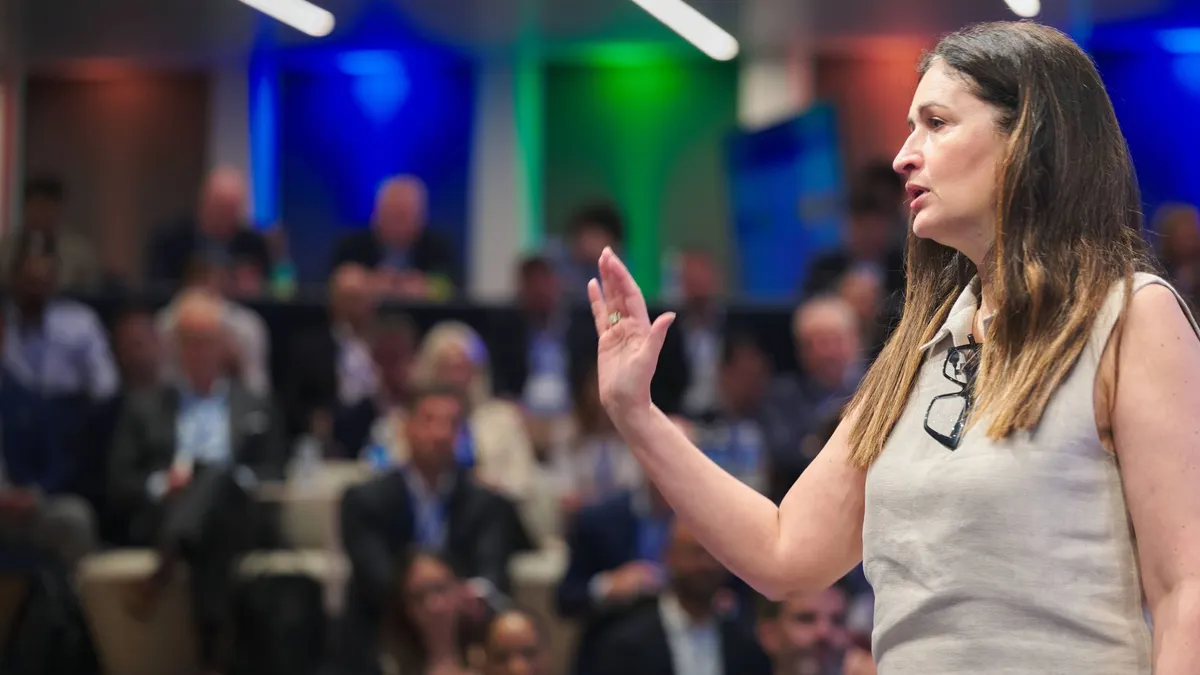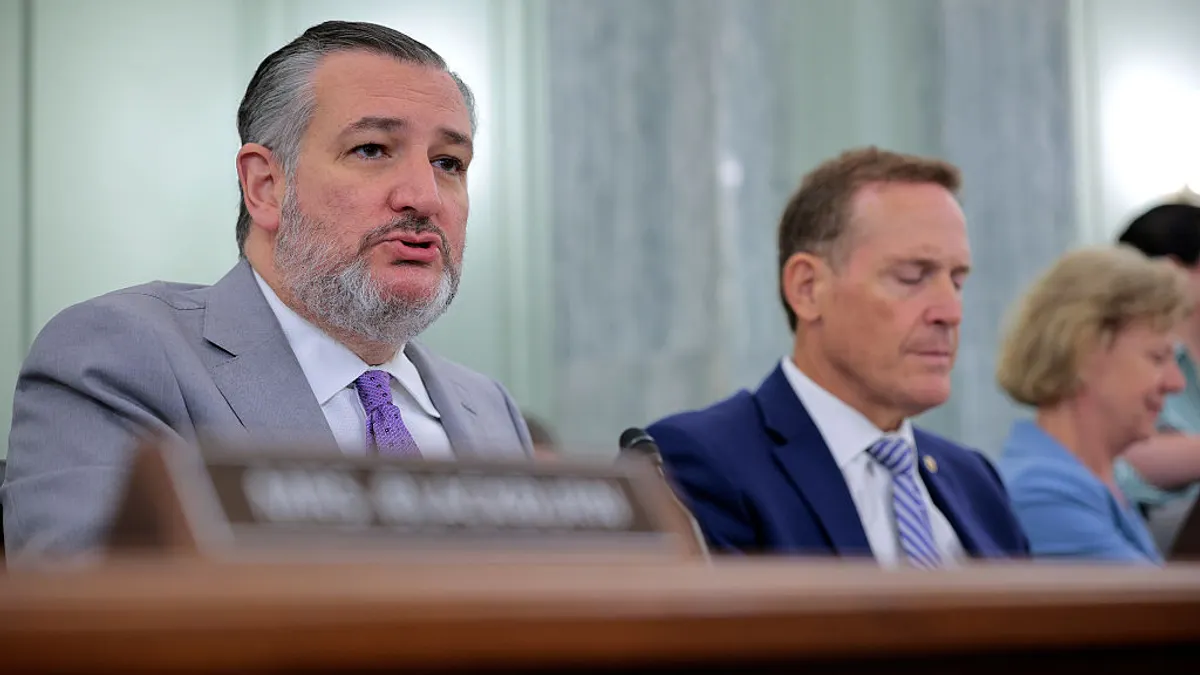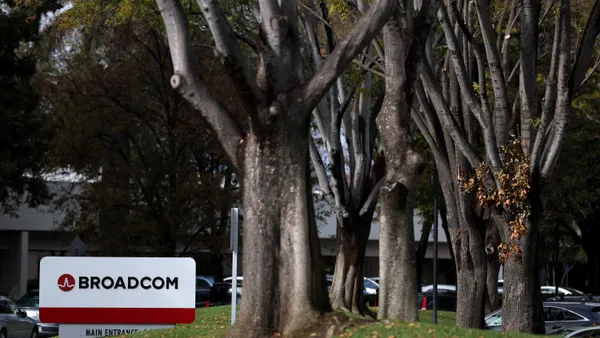OpenAI is going through some changes — and CIOs are paying attention.
The ChatGPT-maker restructured itself to form two entities, a nonprofit called the OpenAI Foundation and a for-profit public benefit corporation dubbed OpenAI Group. The reorganization announced on Tuesday was also accompanied by news of an adjusted Microsoft partnership that is loosening the reins on both AI players.
Microsoft will retain a 27% stake in the company, but the two technology vendors have more flexibility to develop AI products and partnerships with third parties.
Analysts say technology decision-makers should track the effects of the structure overhaul, from potential pricing changes to the pace of innovation and shifts in access. Opportunities and risks abound.
“Companies really need to think about the implications in the coming years,” Jason Wong, distinguished VP analyst at Gartner, told CIO Dive. “Make no mistake about it: [OpenAI] is targeting enterprises. They see the enterprise as a huge opportunity.”
OpenAI quickly gained ground with businesses over the past few years, garnering around 2 million paying enterprise users as of February of this year. But as the vendor landscape matured, OpenAI’s lead in the provider race has lessened. A tumultuous leadership struggle in 2023 did not help OpenAI's cause, either.
Enterprises are still interested, however, in the company and its tools.
“While their overall business is driven by consumers, we see them competing with Microsoft Copilot, Gemini and all these other tools that enterprises are using,” Wong said. “What’s really holding OpenAI back is the [lack of] enterprise guardrails that most CIOs would expect to come from a technology provider.”
The roadmap ahead
With OpenAI’s new structure and expanded capacity to secure funding, it is possible that some of those resources will be directed toward building enterprise-grade safeguards for its models and tools. OpenAI did not provide additional details on what enterprise customers could expect moving forward.
“Increased access to funding may enhance product stability and innovation, giving enterprises greater confidence in long-term investments in OpenAI technologies,” Derek Schaffner, technology transaction attorney with law firm Conn Kavanaugh, said in an email.
Removing profit caps could also change pricing structures. CIOs wanting to mitigate financial uncertainty could try to lock in multiyear pricing guarantees, but that could mean missing out on price decreases if they happen.
“They have, in some ways, set the market for some of these costs … but we’re certainly seeing downward pricing pressure across the market,” Wong said.
The focus on profits could also lead to some corner-cutting, according to experts. CIOs should closely monitor shifts in enterprise safeguards.
“As OpenAI now prioritizes shareholder returns, enterprises must remain vigilant,” Schaffner said. “Cost-cutting measures, particularly around privacy and data security, could emerge as OpenAI seeks to maximize profitability.”
As for the changes to the Microsoft partnership, CIOs are considering how they’ll access OpenAI’s tools if they choose to do so.
“We have had questions about whether to use APIs directly from OpenAI versus through OpenAI service,” Wong said. A less prominent consideration, however, is accessing other OpenAI products.
“Azure still retains exclusive access to OpenAI from an API perspective,” Wong said. CIOs should evaluate access to ChatGPT and future AI-first applications as they come out.
No matter the AI vendor and its evolution, businesses should focus on what has always mattered — the risks, controls offered and how to balance speed with safety, according to Buddy Bockweg, founder and CEO of Kentucky-based AI software development company Vsimple.
“The smartest CIOs will prioritize flexibility and interoperability over short-term convenience,” Bockweg said in an email.
Correction: This story has been updated to reflect Vsimple moved its headquarters to Kentucky this week.














